Kyle’s Column: Marginalized March Madness
In the latest installment of Kyle’s Column, WSPN’s Opinions Editor Kyle Chen reflects upon the lessons that come with having a cold.
March 22, 2018
It’s that time of year again. The time for brackets to be made, for upsets to occur, and for madness to reign supreme. March is here and with it, the NCAA men’s basketball tournament is once again in full swing.
For the large majority of my friends and peers, the first thing that comes to mind when someone says the words “college basketball” is the men’s tournament and men’s basketball in general. If I were to have asked someone who they picked to make the Final Four, chances are they would say Villanova or Duke. Maybe they would even say Michigan or Gonzaga or some other random low-seeded team that was expected to make deep playoff runs. But I would be very surprised to hear someone say a team like UConn or Baylor.
At first thought, it seems ridiculous that someone would mention either of those teams in this context – neither of them even made it to the Division I men’s tournament. But their women’s basketball teams are top-ranked in the nation – the legendary Huskies have won 111 consecutive games and the Bears sit at the second place in the NCAA rankings.
Gender inequality is one of the most pressing issues today. Stories about wage and income inequality, situations where women are paid less compared to their male counterparts in the same jobs and positions, still appear regularly in the headlines, and gender discrimination is everywhere. Just a couple days ago, in the light of the recent debate about President Trump’s plan to arm teachers, an Alabama lawmaker argued that schools don’t need guns because “it’s mostly ladies that’s teaching.” This is just one example of the blatant gender discrimination that is still prevalent in our society.
The issue of gender inequality is seen in many facets of life – and college sports is one of the areas where it is not as openly discussed. The difference between the publicity that the men’s basketball tournament gets and the publicity the women’s tournament receives is quite large – the men’s tournament is twice as likely to be featured in the NCAA website’s top headlines, and almost three times as likely to be featured on the ESPN front page.
In 1972, Congress passed Title IX, a part of a series of educational amendments that aimed to end the gender gap in schools and create equity in athletics. Yet more than four-and-a-half decades later, the issue is as prevalent as ever. Title IX was created to guarantee equal opportunities for everyone, regardless of their sexual identity, to participate in educational programs and sports. But it’s clear that hasn’t translated into reality yet – according to the CEO of the advocacy group Champion Women, men still receive over $190 million more per year in college athletic scholarships than women do.
The disparities between women’s and men’s basketball are only the tip of the iceberg. In the sports world, women are generally paid much less than men. Professional soccer presents another situation where gender inequality is an obvious problem. The salary cap for a player in the National Women’s Soccer League is just $37,800, while the average salary for a player in the MLS is more than $300,000.
The uncomfortable truth of this situation is that gender inequality is ingrained deep in our society. The huge popularity difference between the men’s and women’s college basketball tournament just highlights that fact. Discrimination based on sex is nothing new – on the contrary, patriarchy has been around for thousands of years.
But the long history of this discrimination is no reason to ignore it and allow it to continue. The issue of gender inequality is based on tradition and stereotypes – two facets of life that our government is almost powerless to change. The responsibility for changing our old habits doesn’t fall on our legislators; it falls on us. We, the people, are the ones who can break down the gender barriers and create a world where men and women are truly equal. It will take time, but even if we only take small steps forward, we’ll get there eventually.
And speaking of small steps forward, here’s one anyone could take: the NCAA women’s basketball championship takes place on Apr. 1. Go check it out.
Opinion articles written by staff members represent their personal views. The opinions expressed do not necessarily represent WSPN as a publication.











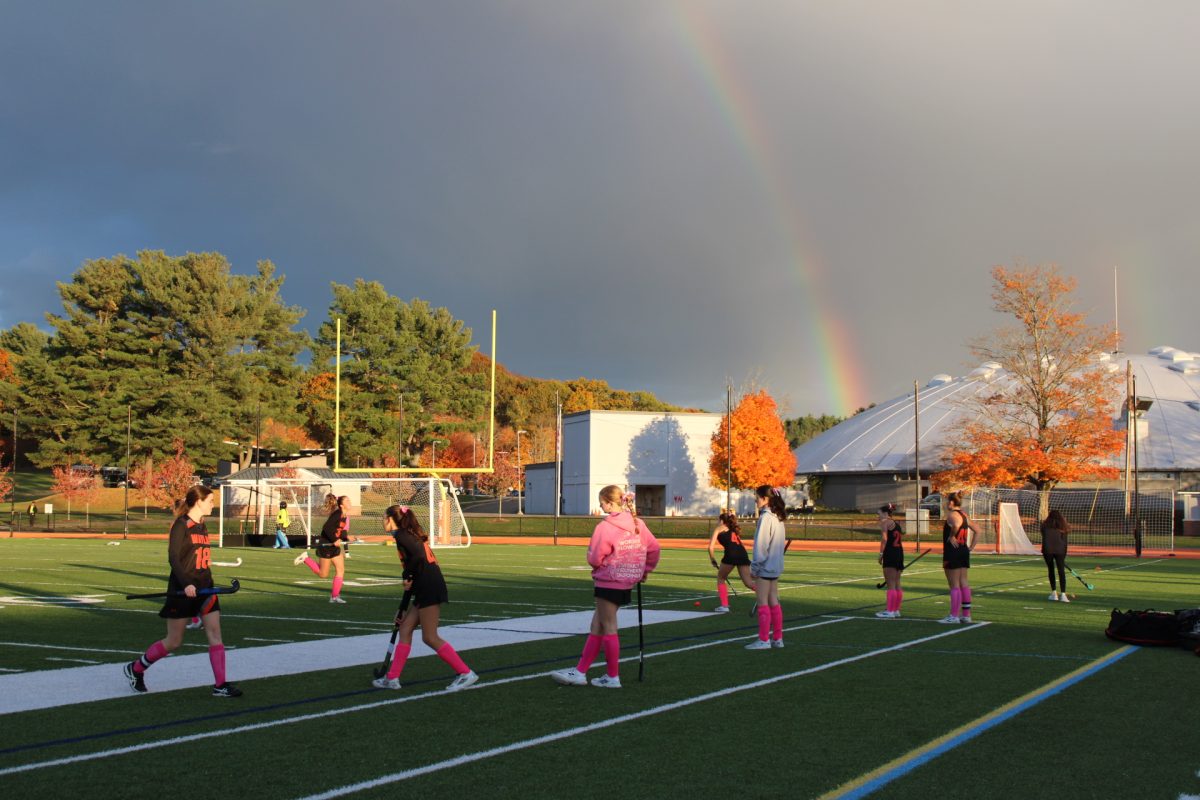
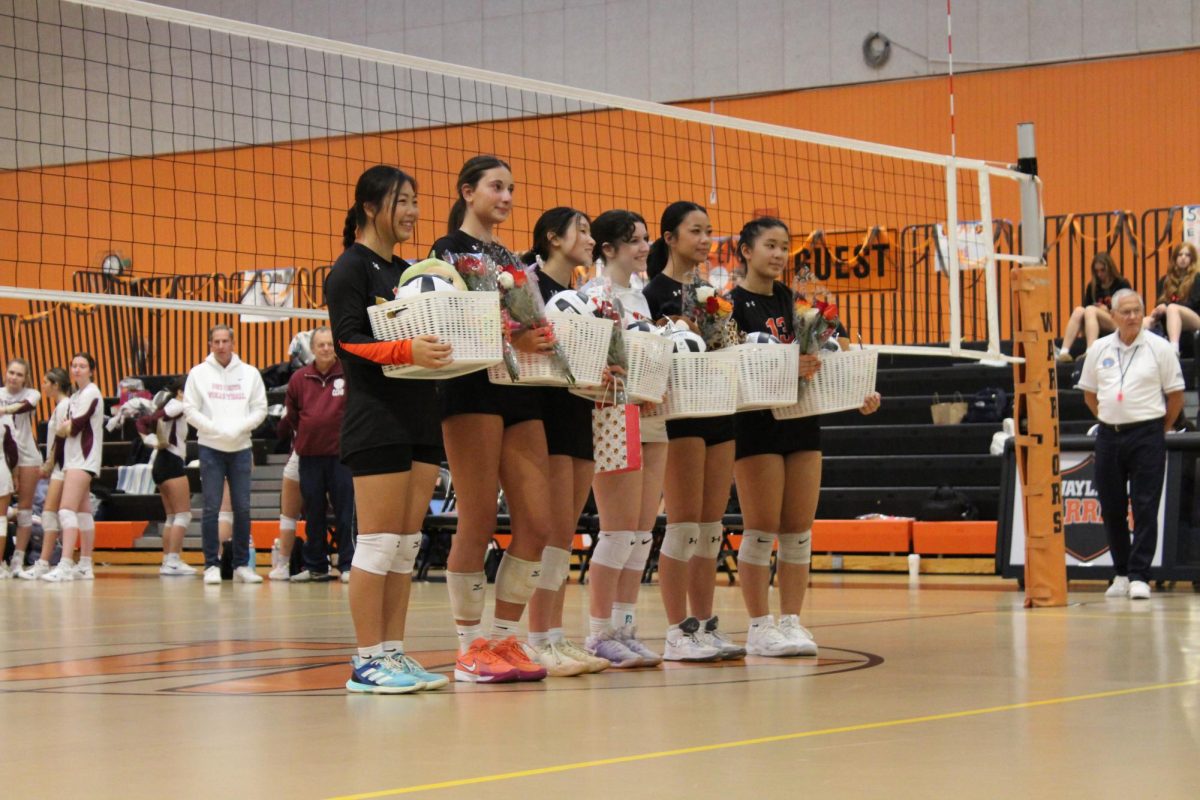
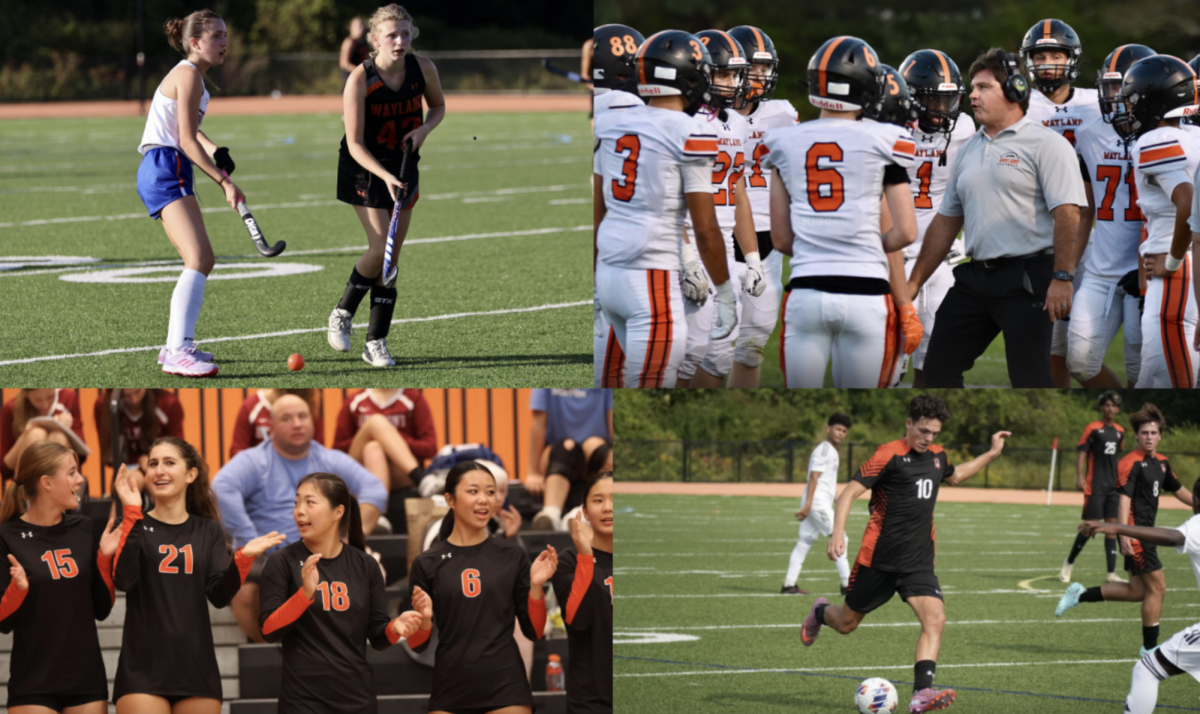
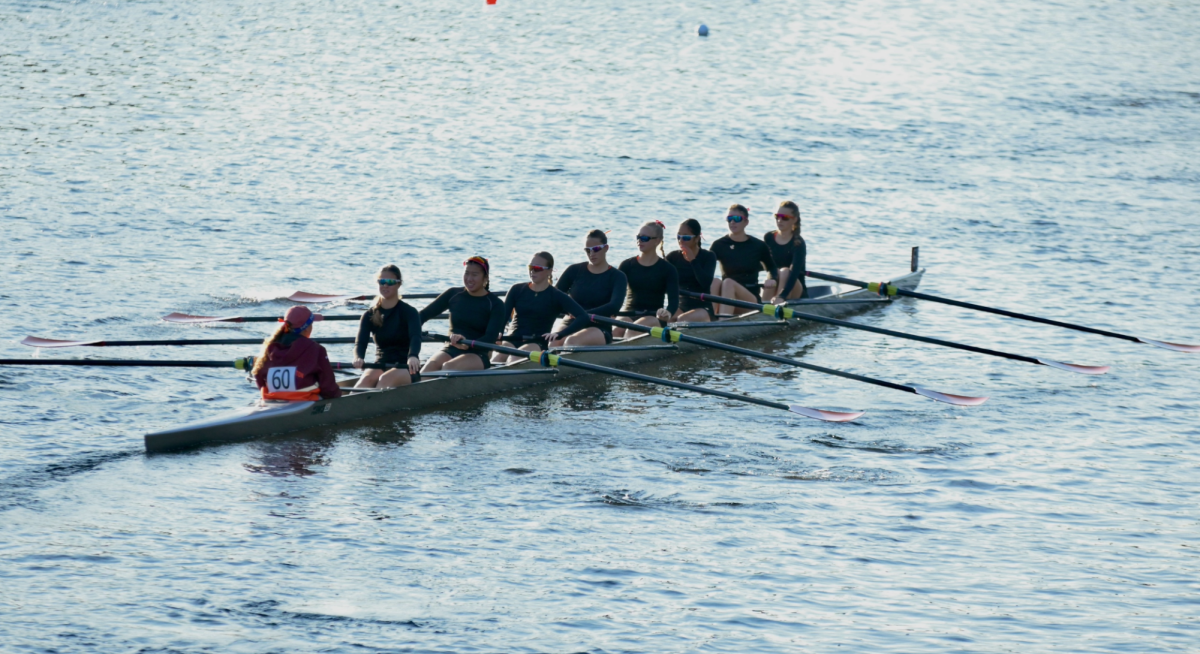
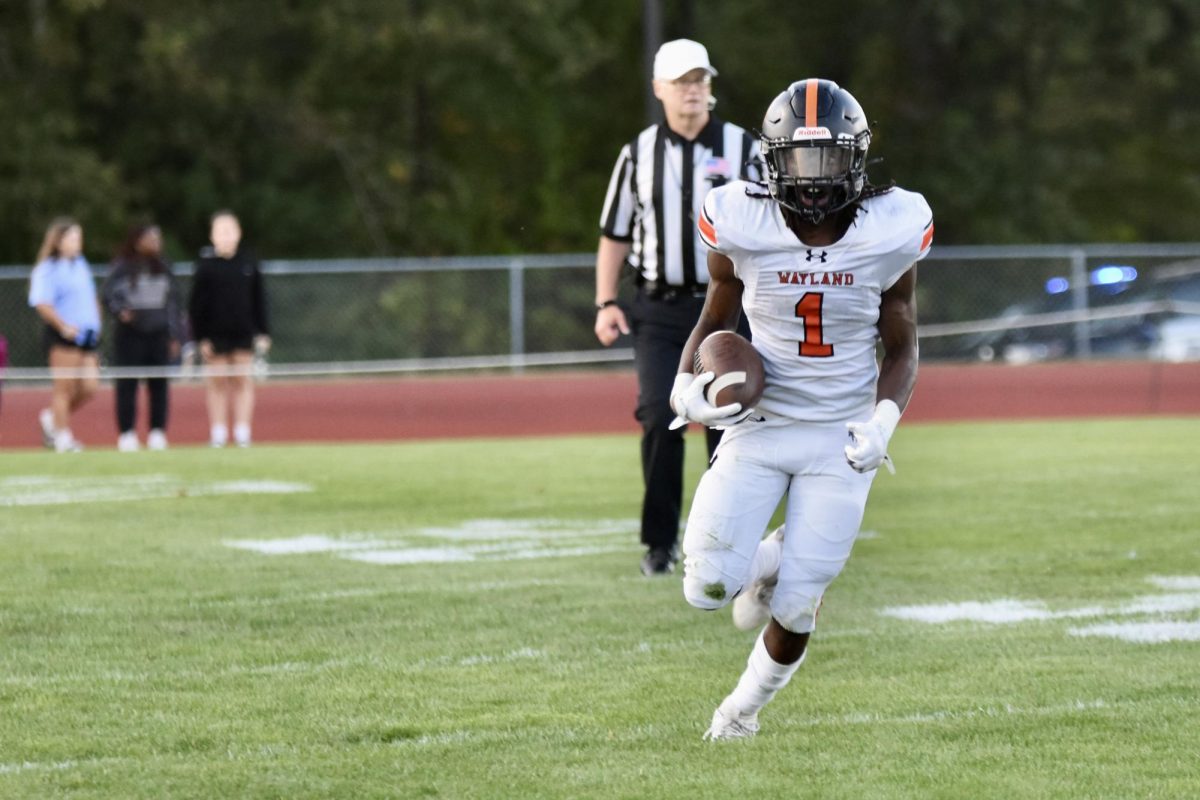












Ingalls Brown • Mar 27, 2018 at 1:26 PM
Kyle, if the women’s soccer team paid their soccer players as much as they paid the men they would go bankrupt because the league makes a lot less money.
Anonymous • Mar 23, 2018 at 7:55 AM
Kyle guy, it’s called capitalism. If a sport brings the NCAA more money, they’re going to publicize it more. It’s not sexist, it’s just business. If the women’s sports brought in more money, they would be featured more on the website and get more scholarships.